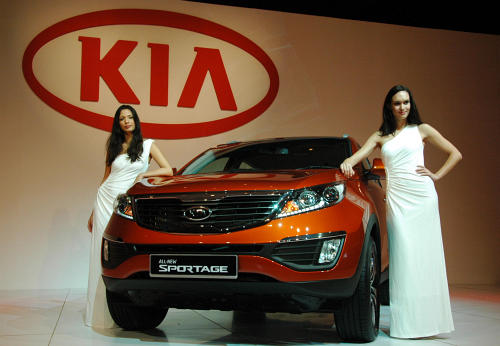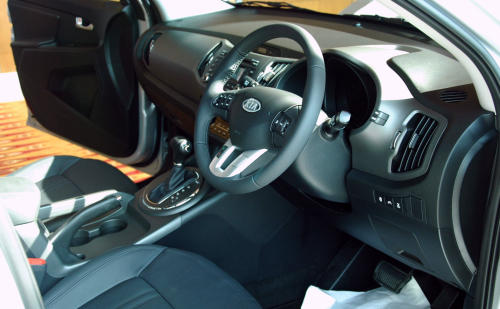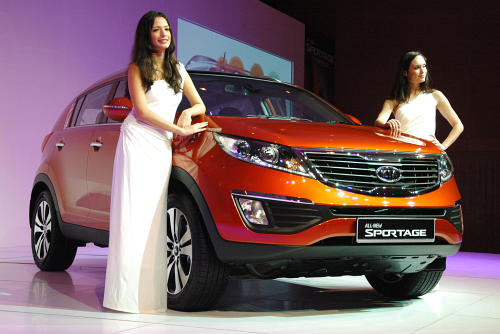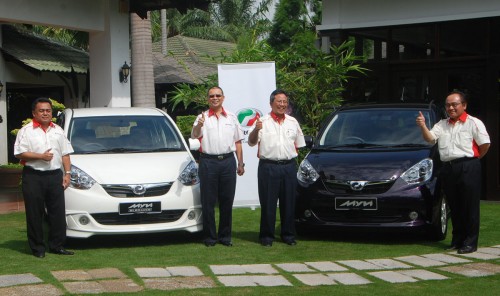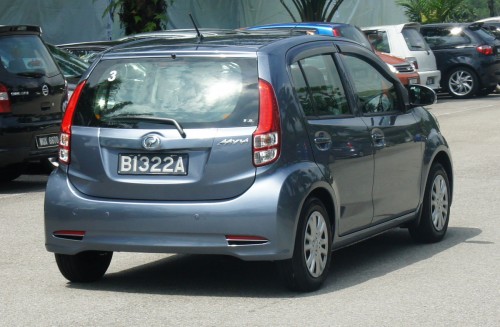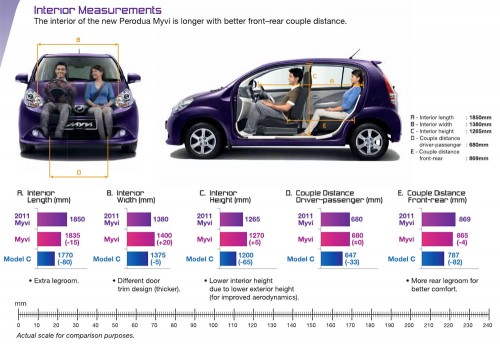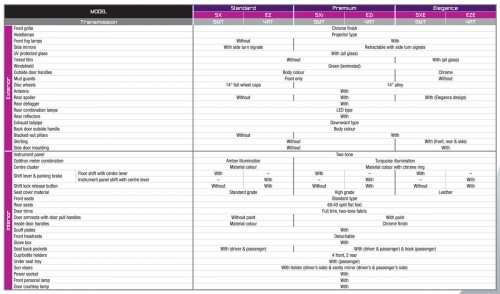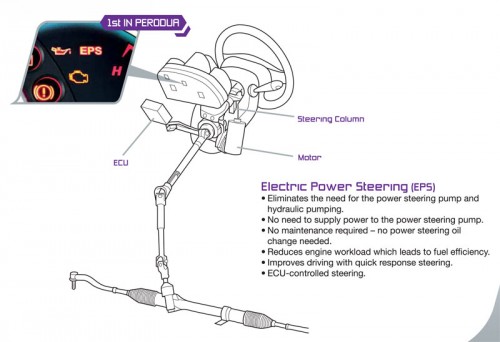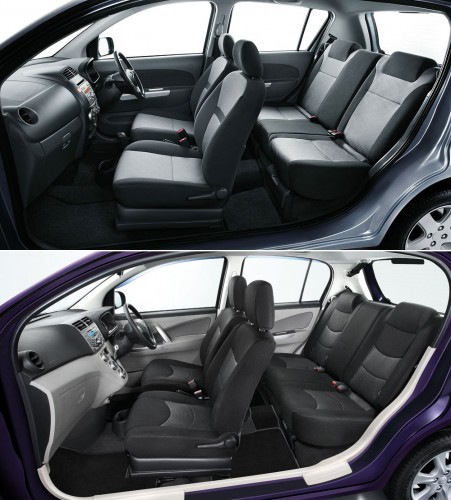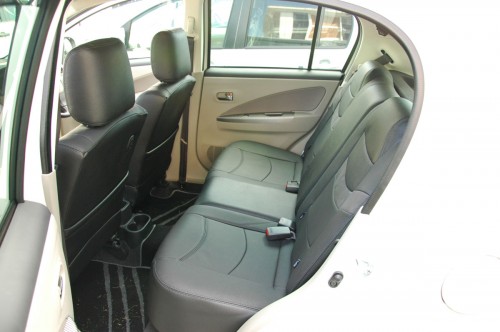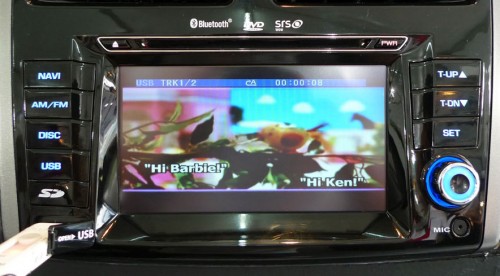Assalamualaikum and Hi..
Aku sedikit berang pada hari ini disebabkan oleh cikgu yang kurang sopan ataupun adab terhadap murid kelas yang aku duduki sekarang ini . Kata-kata yang keluar dari mulutnya seolah-olah kami ini bodoh sangat hingga tidak memikirkan masa hadapan,cuma aku ingin nak tanya kepada dia pernah cikgu tengok keputusan exam kami baru2 ini? hinggakan cikgu-cikgu lain puji kelas kami pada mesyuarat lalu tetapi dia senang-senang cakap seolah-olah kami ni bangang!. And i think this teacher should take back his word immediately!!
P/S: Nasib baik la depa budak-budak yang lain buat lawak dalam kelas tadi jadi cikgu tu pun agak malu sikit haha
Thursday, June 30, 2011
Wednesday, June 29, 2011
Pasai Dok Maen Game Sangat
OMG HAAAAAAAAAAAh !
Akibat Main Game sangat...mNmg gila game ni. .huhu
Takut nyer... huhu
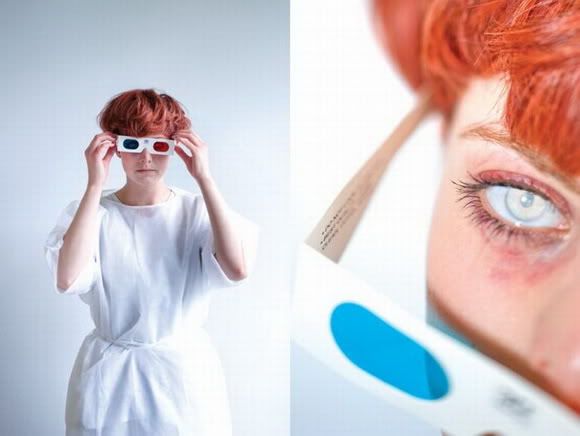
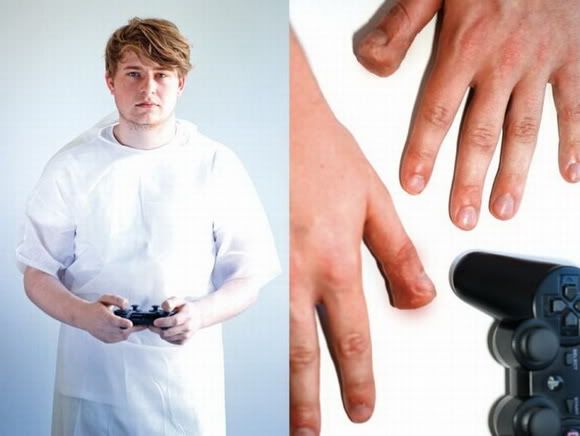





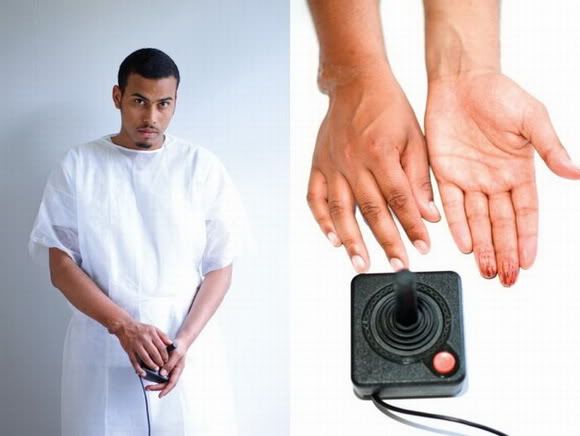
Monday, June 27, 2011
Gempar!:Seluar Dalam Yang Paling Mahal Di Dunia!

Ni ha.. aku tengok dari blog2 kawan yang lain tetiba terjumpa gambar ni. hahaha
Mula2 aku tengok rasa nak tergelak mampus sampai Spender pun 1Malaysia punya.
Lepas ni bra 1Malaysia ke pulak? atau Panties 1Malaysia? hahaha
Thursday, June 23, 2011
Kia Sportage launched in Malaysia, rolls in at RM138,888
Credit To Paultan
Launch on 21 June 2011!
Naza Kia Malaysia today launched the all-new Kia Sportage; the SUV – which was teasedlast week – was unveiled at the KLCC earlier this evening. Rolling in at RM138,888 (on-the-road, with insurance), the Sportage is well set to take the fight to the competition within its price segment.
For one, the vehicle finally has the looks to do so – where the previous Sportage, which wasfacelifted last April, was a very functional and practical offering, its looks were kind of utilitarian, to put it simply. The new offering, with its more urban and fluid silhouette, changes the ballgame considerably – very much a looker, this is in essence a scaled-down version of the Sorento.
With a high belt line, sweeping angles and pronounced wheel flares, the design conveys a modern and athletic appearance, so it goes. Its full-sectioned body is defined by a spearing shoulder line throughout the length of the car, which visually connects the headlamps and tail lights.
In keeping things in line with the family look, the vehicle – which is longer, wider and lower than its predecessor – features Kia’s signature grille, and the 18-inch alloy wheels (rather bling, like the Optima’s) and 235/55 series tyres help lend the SUV even more presence.
It’s not just looks with this one though; the new Sportage features increased levels of performance, efficiency, comfort, convenience as well as loads of equipment and tech.
The Sportage is powered by a Theta II 2.0 petrol engine which features dual CVVT (continuous variable valve timing), and the mill – offering 166 PS and 197 Nm of torque – is mated to a six-speed automatic transmission.
Other than continuous variable valve timing on both intake and exhaust, the engine also features a Variable Intake System which uses a long runner at low RPM and a short runner at high RPM to optimise intake airflow.
It wears an All-Wheel Drive (AWD) system which continuously monitors driving conditions and anticipates AWD system requirements – during normal driving conditions, the AWD system delivers 100% of engine torque to the front wheels to enhance fuel economy. However, when wheel slippage is detected, a certain percentage of engine torque is transferred to the rear wheels.
There is also a four-wheel drive (4WD) lock mode, with the torque split up to a maximum rear bias of 50:50 for low traction surfaces. This 4WD lock mode automatically disengages above speeds of 30km/h to return to automatic mode.
In terms of ride and handling, the Sportage features MacPherson struts at the front suspension and a multi-link rear suspension as well as an amplitude selective damper, which facilitates instant reaction in wheel movement and maintains optimal damping and level quality, and offers more precise road contact, better ride comfort and increased handling precision, Kia says.
Inside the cabin, features include full leather seats, a leather-wrapped steering wheel and shift knob, push-start ignition, leather seats, dual-zone temperature control air-conditioner (with ionised filtration), an illuminated and cooled glove box as well as an eight-way electronically powered seat for the driver. Oh, and let’s not forget a panoramic sunroof, which can be partially retracted.
Other items on the list are a six-CD changer with a seven speaker system (two tweeters, four midrange units and a subwoofer) as well as AUX, USB, iPod (cable included, we hear) and Bluetooth connectivity, integrated LED turn signals on the side mirrors, a rear view camera display on the rear view mirror, auto headlights, electronic chromic mirror, a rear parking assist system and auto cruise control.
Besides LED daytime running lights, the Sportage features what Kia calls headlamp escort, otherwise known as get-me-home lighting, whereby the headlamps remain turned on for 30 seconds after the engine has been turned off.
In terms of safety, the five-star Euro NCAP rated Sportage comes with six airbags, ABS, EBD, downhill brake control, hill-start assist control, cornering brake control, brake assist system and a traction control system. It also comes with a 5 year warranty, which Naza Kia says is fully backed by the manufacturer and not a manufacturer + extended insurance warranty plan.
Five colours are available for the SUV, which are techno orange, sand track, mineral silver, bright silver and clear white. Naza Kia is targeting monthly sales of 200 units a month for the Sportage, which is quite conservative given what the SUV is, and offers.
Sunday, June 19, 2011
Pendapat Ataupun Komen Anda Tentang Gambar Ini??

Nama tuan punya kasut tu ialah Nga Ko Ming (YB DAP)
Sungguh Tidak Sopan!
Thursday, June 16, 2011
2011 Perodua Myvi Finally Launch!
The Perodua Myvi first arrived on the scene in May 2005. With 487,400 units sold since then, the five-door hatchback has certainly been popular with the public – that it has been the country’s best-selling model for five years, from 2006 to 2010, states it all.
Of course, as good a run as it has been in terms of numbers, there’s only one way to ensure further success, so it’s time for a change, or at least a complete makeover for the car. The first-generation Myvi was facelifted in August 2008, but now a full revision is at hand with the arrival of the 2011 Myvi.
From a concept point of view, where the old car was defined as a multi-purpose compact (MPC) by the company, the second-gen vehicle is now tagged as an advance multi-purpose compact, or A-MPC if you will, which essentially translates into a refined compact car that continues its predecessor’s tradition of reliability, but with upgraded features and improved vehicle performance.
The incoming car soldiers on in 1.3-litre form – the promise of a 1.5-litre variant hasn’t come to light, unfortunately – and retains the usage of the same platform as before, though revision work has come about with the chassis.
The short of it is that Perodua says that the new Myvi contains more than mere aesthetic changes, and is really an evolution of the outgoing car, featuring a sleeker exterior, a more spacious and refined interior, enhanced safety features as well as improved NVH and better functionality and equipment levels.
Let’s take a look at the changes in the new car, which is available in three variant forms – Standard, Premium and the top-of-the-line Elegance – at point of launch.
Read our full write-up after the jump.
Exterior
Exterior
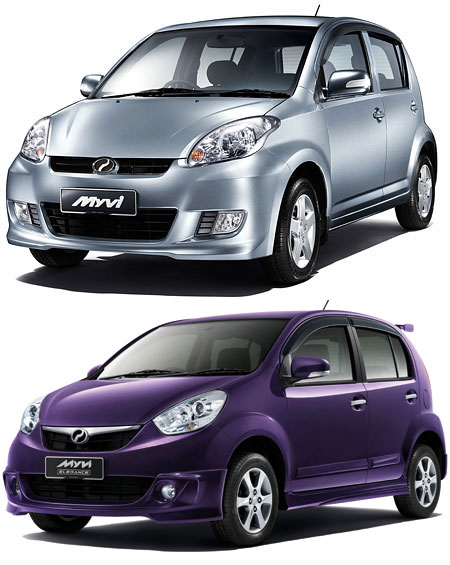
While the general profile of the car remains similar to the first-generation model (there’s no mistaking that the new car is a Myvi at first glance, after all), a number of styling cues have come about to offer a more refined and sharper-looking shape with this one.
Dimensions-wise, the 2011 Myvi has the same width as the old car, as well as the same track (front 1,455 mm, rear 1,465 mm) and wheelbase length (2,440 mm), but is shorter and slightly lower. Width remains the same at 1,665 mm, while the 3,690 mm length makes the new Myvi shorter by 60 mm compared to the old one (3,750 mm).
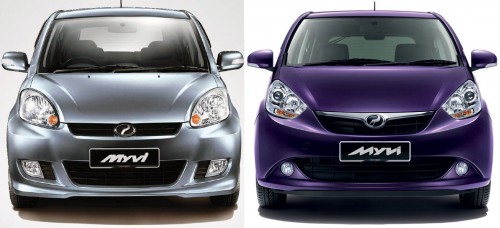
While this might suggest a reduction in cabin space, the interior of the new car is actually up by 15 mm (see internal dimensions below). Strangely enough, the length of the Elegance variant is listed at 3,765 mm, a good 75 mm more than the other two variants (presumably, this added acreage is the result of plastic bits). The height of the new car is 1,545 mm, just 5 mm lower than the older Myvi, the reduction coming about from a revised roof line.
At the front, the bonnet has been revised, offering a more prominent slope to enhance visual styling, and the front also features improved pedestrian collision safety aspects, in compliance with market requirements.

The visual effect is aided by a downward scoop that accentuates the new halogen-based projector headlamps the car wears. The new headlamps not only enhance the looks, but offer increased light coverage area and improved night visibility.
New to the Myvi is a front bumper lower lip, which the company tags as an “air spat,” to improve the aerodynamics and is also undoubtedly aimed at helping dress up the car further. Elsewhere, the new Myvi’s wheel arches have been reworked to offer the car a more muscular stance, and the front bumper design features a wide horizontal line to further bolster the presence of the car.
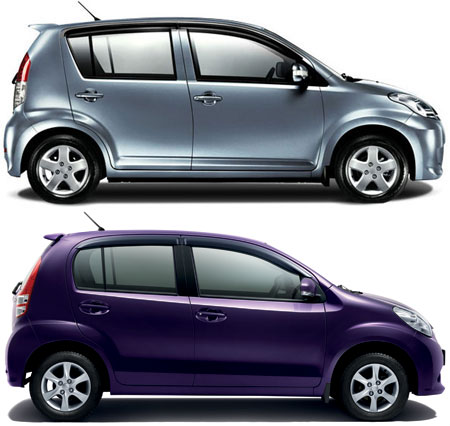
From the side, the car has more prominent character lines on the side panels to beef things up, and for the Premium and Elegance versions, the door centre pillar panels have been blacked out to add more dynamism to the side profile.
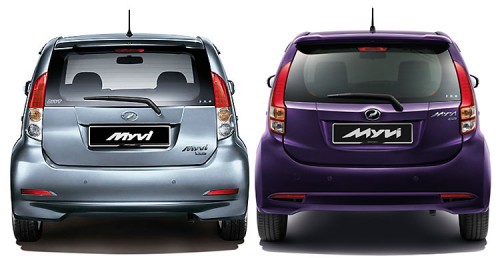
At the back, the tailgate now has more curves going about it, and visually doesn’t look so flat viewed from dead-on centre. In line with the changes, the rear lamps are a sleeker looking LED combination design.

Another new feature is air vents located on the new rear bumper, located under the reflectors. It’s not just for flash – the cut-outs are there to ease pressure build-up on the rear bumper to reduce flapping, something that’s visibly evident on the outgoing Myvi.
The use of UV protected glass is retained for the car; Perodua says this helps cut out UV rays by 91% compared to normal green glass and helps prevent the deterioration of cabin material. Granted, many are going to paste on a window tint film anyway, but it’s nice to know that it’s there.
Interior
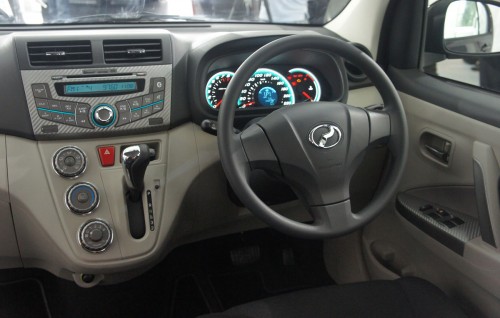
Contrary to rumours, the new Myvi is not just a mere bumper change facelift, something which is evident in the cabin. The interior dimensions differ from the new car, and the dashboard is also all new. By the way, the new Myvi’s dashboard design is unique to Perodua, and is not shared with the Japanese market Toyota Passo.
The biggest and most obvious change in the dash layout is the relocation of the automatic gear shifter to the centre console, freeing up space between the front seats for knick knacks. However, this only applies to the automatic version – manual transmission cars have the usual floor mounted gear lever, and the space on the centre console is filled by a cubby hole.
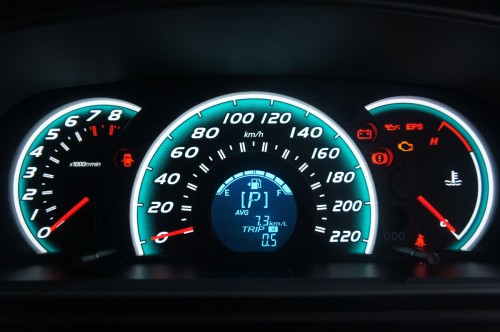
One of the highlights of the cabin is the new instrument panel, which features Toyota Camry style meters. Sitting within the central speedo is a round screen that displays a digital fuel gauge, automatic gear position and information such as average fuel consumption and range. The latter isn’t even available on some D-segment cars, so it’s generous for Perodua to make it standard for all Myvi trim levels.
Whether with orange (Standard) or turqoise (Premium) illumination, this new instrument panel gives the Myvi an added sense of occasion and ups the level of “premiumness”. Also contributing to the “more premium feel” is the integrated head unit, which has large buttons and a clear layout. Compared to the old model, this new HU looks more feature rich. The sliver carbon fibre print may not be to all tastes though.

Opt for the Elegance spec and you’ll get a full colour 6-inch touch screen head unit with navigation. This is not offered anywhere else at this price point, and really adds to the Myvi’s showroom appeal. This HU comes in piano black trim, which looks nice but is easily smudged. For the Premium and Elegance, chrome trim is available on the shift knob and A/C controls.
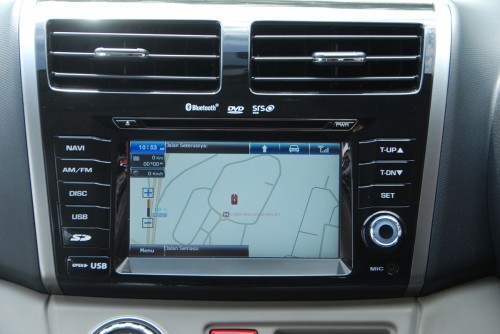
The familiar “bottle cap” air-con controls are taken from the Alza, and is also similar to those on the pre-facelift Toyota Vios. But closer inspection reveal that the Perodua’s A/C has more functions compared to the two-mode A/C in the Vios. The steering wheel also looks very familiar, although checks show that it’s not from the Alza, JDM Passo or Vios.
It’s more than just the dashboard, as the interior dimensions differ from the old car’s. The 1,850 mm interior length is 15 mm longer than before, while interior width is 20 mm less.
The latter is slightly narrower because of a new, thicker door trim. And in line with the lower overall height, interior height (measured at the B-pillar area, new roofed is more curved) is now lower by 5 mm.
The slightly altered interior dimensions don’t affect the Myvi’s well known cabin space and airiness. But rear passengers will notice a slight decrease in headroom due to the rounder edges of the new car.
Luggage
The new Perodua Myvi has 208 liters of boot space, which is actually 17 liters less than the Myvi it replaces that had 225 liters. This is because of increased couple distance (front to rear) and thicker padding for the rear seats.
With the rear seats folded, the new car’s enlarged boot space stands at 595 liters, which is less than the previous Myvi’s 630 liters. The margin is even bigger for the folded seat boot space because of the rear roof height and the thicker door trim.
Equipment levels and features
The three variants offer a total of six versions of the car, which retains the K3-VE 1.3 litre DVVT twin-cam mill – offering 90 hp at 6,000 rpm and 117 Nm at 4,400 rpm – throughout the range.
In Standard form, the car is available in SX five-speed manual and EZ four-speed auto guise, while Premium has the SXi manual and EZi auto, and the respective Elegance versions are the SXE and EZE.
The new Myvi has electric power steering featuring across the entire model range, and Perodua says that with the elimination of the need for the power steering pump has translated into some minor gain in the power output from the engine.
Meanwhile, noise and vibration performance is also improved over the old, with the inclusion of additional insulation on the engine hood, door trim, floor and roof areas.
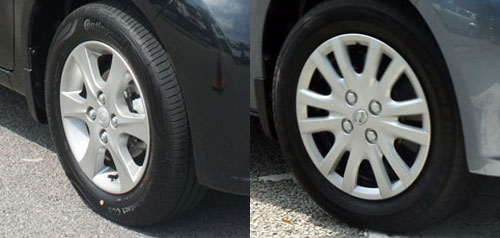
Round-design fog lamps are to be found on the Premium and Elegance, which also get electric retractable side mirrors and a new 6-spoke 14-inch alloy wheel design. The Standard variant gets 14-inch steel wheels with wheel covers.
Inside, the rear 60:40 split configuration seats are extendable by pulling the seat cushion forward over the leg space, offering a flat surface that one can sleep on (well, you can imagine the fun to be had with this one). Alternatively, they can be folded down in full flat mode for cargo purposes.
The seats themselves feature padding and shoulder areas that have been reshaped to provide extra comfort, and the new seat fabric feels softer, the company states – the Standard gets standard grade fabric, while the Premium gets a high grade one.
Elsewhere, items such as a shopping hook (or teh tarik holder, if you will) in the Premium and Elegance variants offer up to 3kg of carrying load, and these two versions also fea
Safety-wise, all variants get dual SRS airbags, which is a welcome move, and the driver’s side gets a seat belt pre-tensioner force limiter. Three-point seatbelts are now to be found for all three rear occupants, and both Premium and Elegance versions come with ABS and EBD and brake assist, but a big plus is the inclusion of ISOFIX mounts on all models for the easy and secure installation of child seats.
The Elegance variant features a bodykit consisting of full skirting, side moulding and spoiler, as well as chrome door handles, Elegance badging and tint film compliant with JPJ regulations. Elsewhere, there are also leather seats and Elegance carpet mats, aside from the biggie, which is the touchscreen multimedia four-speaker system with navigation.
For this one, there’s USB and SD card support as well as Bluetooth capability for both phone and audio, and the DVD-based system also offers MP3/WMA playback. Meanwhile, the Standard gets a radio/CD player four-speaker audio system with MP3/WMA capability, and the Premium comes with the same, but with USB and Bluetooth added in,
The Myvi is available in six colours, five of these being metallic – Ebony Black, Glittering Silver, Medallion Grey, Pearl White and a new shade called Mystical Purple – and an Ivory White solid shade.
Brief Driving Impressions
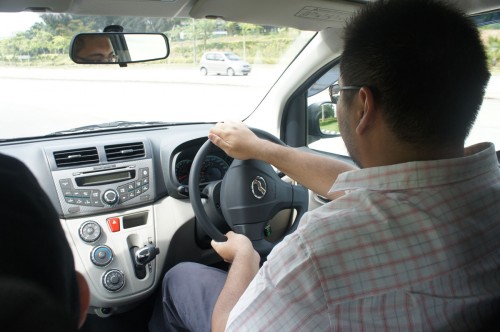
We got a very brief spin in the Myvi at their preview. However, bear in mind that it was just a small loop of just 4.4 km in Cyberjaya, just enough to exit Cyberview and accelerate to highway speed, before making a u-turn home. We will need an extended drive for a more concrete view, but here’s what we have for now.
The driving experience isn’t very different from what we remember of the old Myvi. The engine can be heard quite loudly in the cabin, but we can also say the same for the RM110k Honda Jazz, so it’s no big flaw. Some in our office noticed improved noise insulation over the previous model, though.
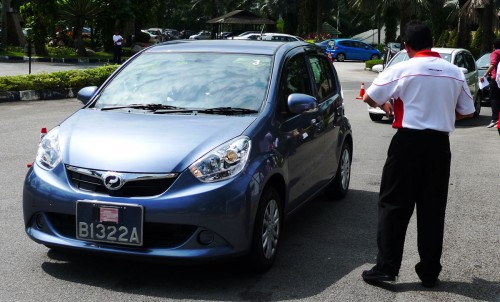
The best selling car in Malaysia is as easy to drive as ever. Visibility is excellent and all the controls are light and effortless. The new EPS steering isn’t the last word in feel and precision, but fulfills its “easy” brief well. Once again, we’ll need a longer stint, but the helm feels a bit less vague than before.
The suspension is new, with retuned spring and damper rates (front dampers by Kayaba, rear dampers by APM) for a firmer ride and better control. Without a back-to-back drive, our short loop didn’t offer a chance to test this out.

What we all agreed on is the new cabin, which is offers a more premium feel than the basic old dash. The instruments and head unit are good to look at and work well. In the back seat, the reduced headroom is apparent. It’s still adequate, but no longer generous, as our demo pic show. The “frame” of the roof is now nearer to the passenger’s head when the seat back is in the most reclined position.
Remember that the new curved roofline helps aerodynamics, which in turn improves acceleration and fuel consumption. The new Myvi is claimed to have 4% better fuel consumption and 15% better for the auto. Besides being more slippery in terms of body aerodynamics, the use of EPS and lower rolling resistance tyres contributes to the cause.
In the media preview, the various test units wore different rubber from Silverstone, Goodyear and Continental – we’re not sure which brand makes it to the showroom.
| Variant | 1.3 Standard | 1.3 Premium | 1.3 Elegance | |||
| Colour | SX (MT) | EZ (AT) | SXi (MT) | EZi (AT) | SXE (MT) | EZE (AT) |
| Solid | RM43,900 | RM46,900 | RM46,900 | RM49,900 | RM53,900 | RM56,900 |
| Metallic | RM44,400 | RM47,400 | RM47,400 | RM50,400 | RM54,400 | RM57,400 |
| Special Metallic | RM44,800 | RM47,800 | RM47,700 | RM50,800 | ||
Source From Paultan
Wednesday, June 15, 2011
Brochure Perodua Myvi 2011
.
Perodua Myvi 2011 baharu akan dilancarkan esok dan kita semua bakal melihat model kompak itu dengan lebih dekat di semua bilik pameran Perodua di seluruh negara. Seperti yang dijanjikan, di sini saya paparkan brochure Perodua Myvi baharu bagi memberikan gambaran pertama (first impression) terhadap model tersebut.
Terdapat beberapa perbezaan di antara varian Standard, Premium dan Elegance. Kesemua varian dilengkapi beg udara berkembar untuk pemandu dan penumpang depan, namun varian Standard tidak dilengkapi ABS, EBD dan BA seperti mana yang terdapat pada varian Premium dan Elegance. Varian Elegance dengan harga mencecahRM57,908.00 mendapat spesifikasi paling lengkap, antaranya tambahan kit badan penuh, panel skrin sesentuh 6 inci dengan sistem GPS dan kusyen kulit.
Varian Standard yang berharga maksimum RM47,926.00 tidak dilengkapi rim aloi, sebaliknya menggunakan rim besi yang ditutup menggunakan penutup plastik (wheel cap). Berbanding spesifikasi di bahagian eksterior dan interior, Perodua Myvi baharu masih menggunakan enjin lama K3-VE, DOHC 16 Valve dengan DVVT bersesaran 1.3 liter. Versi 1.5 liter yang akan dilancarkan hujung tahun ini menggunakan enjin sama yang kini dimiliki MPV Perodua Alza.
Penggunaan enjin lama bagi saya agak mengecewakan kerana ianya kurang menepati tema ‘Myvi baharu’ seperti mana Daihatsu Boon 2010 yang menggunakan enjin 1.3 liter 4-silinder 1NR-FE terbaru yang lebih maju, bukan saja lebih berkuasa malah lebih efisien berbanding enjin lama. Tidak dapat dipastikan kenapa Perodua Myvi 2011 baharu tidak menggunakan enjin 1NR-FE sedangkan harganya ketika ini meningkat kepada tahap premium berbanding Myvi generasi pertama.
p/s : Sila klik gambar yang dipaparkan untuk melihat saiz yang lebih besar.
Credir: Arena Kereta
Subscribe to:
Posts (Atom)



